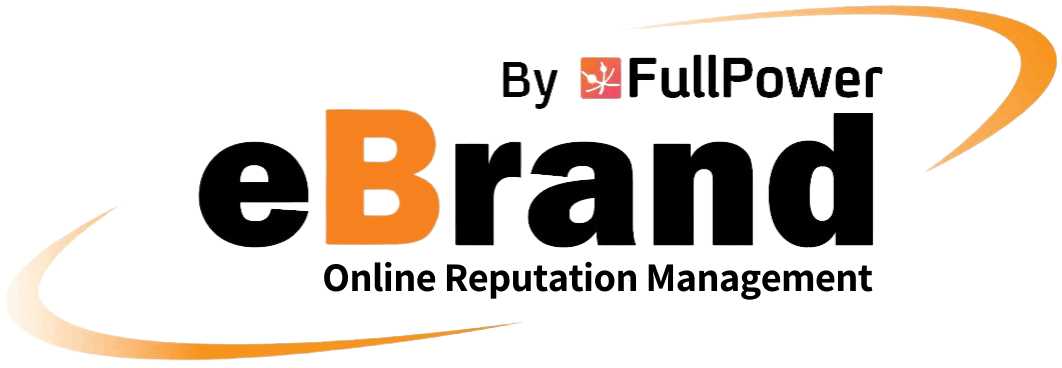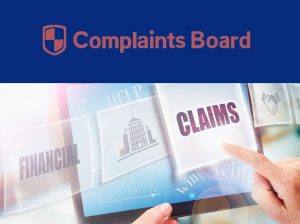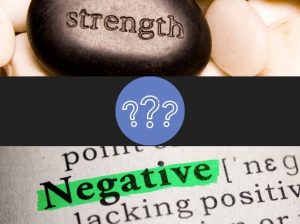
Blog, removing negative mentions, removing negative articles, branding and creating presence, campaign for removing negative Google mentions
Thousands of articles are published online every day – on news sites, blogs, social networks, breaking news sites and various forums. Some of these articles contain negative information about a particular person or company, and could cause them significant damage.

As part of eBrand’s online reputation management services, we review client search results, analyze every publication and article that comes up, and together with the client determine which are negative, which are neutral and which are positive. In most cases, many problematic articles are damaging and cause the client problems, and as a result there is a need to suppress or replace them with positive ones.
How do we determine the strength of a negative article?
As part of our biweekly meeting, we brought up several parameters for identifying and analyzing negative articles. All of these parameters are based on prolonged work on negative articles, and are aimed at suppressing and replacing them. The sections listed below relate to both content and technical aspects, and were written with the guidance of the content and optimization managers.

- Is the site a strong and well-known site? What is the degree of strength of the site in which the article appears? Is it a big site, such as YNet, MAKO or Walla News?
- The date of publication – how long has it been since the item was published? The article age parameter is important when negative articles have been published. Experience has taught us that replacing a negative article which is several years old will be faster than replacing a new article.
- Google search predictions – does Google Autocomplete display expressions related to the article? For instance, “Israel Israeli Ynet”. If so, the article is considered “strong” and searched-for.
- Internal and external links that lead to an item – has the article been published on the news site in a side-bar? Is it posted as “Read More” or is it referred to from the site?
- Prediction of search results and Autocomplete
- The client’s name within the article – where does the name appear? In the title, the subtitle, within the text or perhaps even in the talkback section? How many times does the name appear? The more time the name appears, the “stronger” we consider the article.
- Talkbacks – how many comments appear at the bottom of the article? How often is the article commented on? Are the comments positive or negative?




